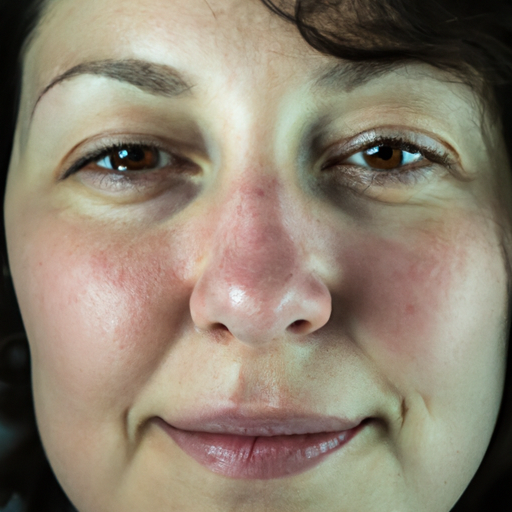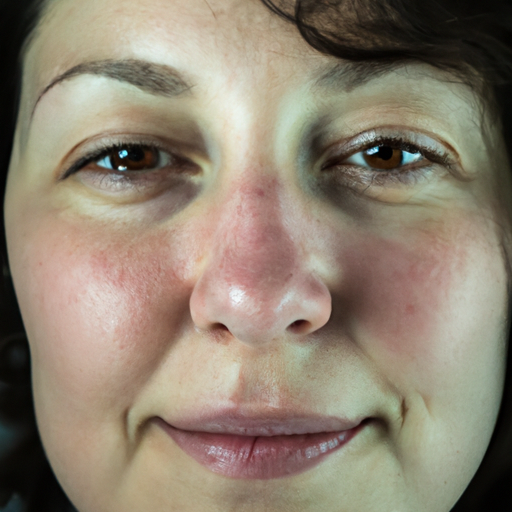As a dermatologist, I have encountered numerous patients who are troubled by hyperpigmentation, a common skin condition that causes darkening of the skin. This is caused by an excess production of melanin, the pigment that gives our skin its color. Hyperpigmentation can affect any part of the body, including the face, hands, and neck. It can be triggered by various factors such as sun exposure, hormonal changes, age, and skin injuries or inflammation.
Hyperpigmentation can be a source of distress for many people, affecting their self-esteem and confidence. However, with the advent of innovative dermatological solutions, it is now possible to manage and even reverse this condition, unmasking your true skin.
One of the most promising treatments for hyperpigmentation is topical creams and lotions that contain active ingredients such as hydroquinone, retinoids, and vitamin C. Hydroquinone works by inhibiting the enzyme tyrosinase, which is crucial in melanin production. Retinoids help by accelerating cell turnover and removing the upper layer of skin, which is often hyperpigmented. Vitamin C is a potent antioxidant that can brighten the skin and reduce the appearance of dark spots.
Chemical peels are another effective treatment for hyperpigmentation. They involve applying a solution to the skin that causes it to exfoliate and eventually peel off. The new, regenerated skin is usually smoother and less pigmented. The strength of the peel can be adjusted depending on the severity of the hyperpigmentation.
Laser therapy has also shown great promise in treating hyperpigmentation. This treatment uses focused light energy to remove or fade dark spots. The laser targets melanin in the skin, breaking it up so that it can be naturally eliminated by the body. There are different types of lasers available, and your dermatologist can help you choose the one that’s best suited to your skin type and condition.
Microneedling is a newer treatment that involves creating tiny punctures in the skin using a device with fine needles. This triggers the body’s wound healing process, stimulating collagen and elastin production. When combined with topical treatments, microneedling can help these products penetrate deeper into the skin, making them more effective.
While these treatments can be highly effective, it’s important to remember that prevention is always better than cure. Protecting your skin from the sun is crucial in preventing hyperpigmentation. Always wear a broad-spectrum sunscreen with an SPF of at least 30, even on cloudy days. Wearing protective clothing and seeking shade when the sun’s rays are strongest can also help.
In conclusion, while hyperpigmentation can be a challenging condition to deal with, there are now more solutions available than ever before. With the right treatment plan, you can reduce the appearance of dark spots and reveal your true skin. However, it’s important to consult with a dermatologist before starting any new treatment, as they can provide personalized advice based on your skin type and condition. Remember, every skin is unique, and what works for one person may not work for another. With patience and persistence, you can achieve the clear, even-toned skin you’ve always wanted.




